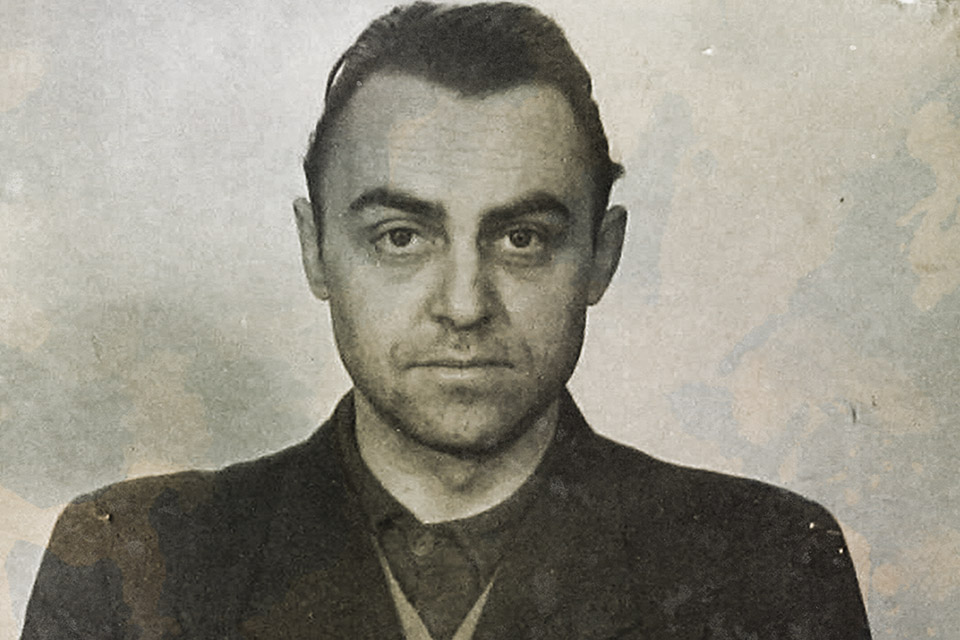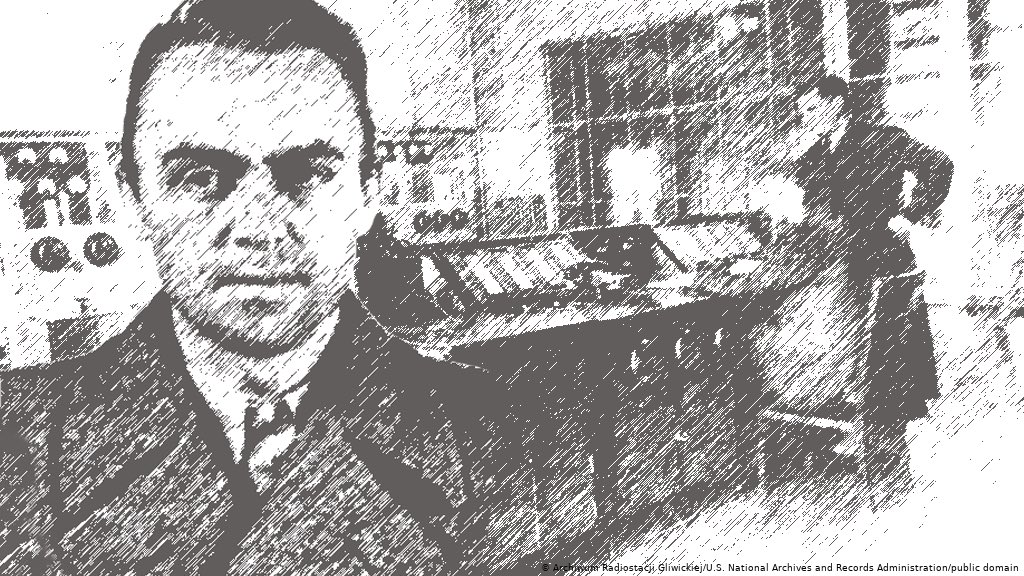Estimates of the number of casualties vary, but it is estimated that between 70 million and 85 million people died in the deadliest war in modern history, World War II, which began exactly 80 years ago when Germany invaded Poland on September 1, 1939.
However, the first victim of this war died the day before. Franciszek Honiok, a 43-year-old Pole, was murdered by soldiers in the German city of Gleiwitz as part of an operation aimed—along with several other false operations along the border—to justify the invasion of the neighboring country the following day.

Honiok, who was arrested by the German police on August 30, had fought for the Polish resistance during the so-called Silesian Uprisings after World War I, and even while living in Germany, he was known for his loyalty to Poland. Therefore, he had the ideal profile to be used in the scheme known as the Gleiwitz Incident.
For months, Hitler had been planning to invade Poland. But to gain support, he needed a solid reason to justify the action. He then began spreading false propaganda about violent assaults on Germans in Polish cities and, under the coordination of Heinrich Himmler, head of the SS (the Nazi Party’s paramilitary group), implemented Operation Himmler: a series of fake attacks on points along the border between the two countries, with German installations as targets.
The Gleiwitz Incident
One of the selected points was the Gleiwitz radio transmission tower, as explained by historian Kamil Kartasinski from the Gliwice Museum (the current name of the city): “To make these actions public worldwide, one of the attacks was on the radio station on the German border, which during the day covered the entire Upper Silesia area (then German, now occupied by cities in Poland and the Czech Republic), and at night reached much farther areas. It was the most important of Operation Himmler because it targeted a radio station, which at the time was the mass media.”
To make the attack appear real, the staff were caught off guard by seven “Silesian” rebels during the invasion—actually Germans wearing the neighboring country’s uniforms. One of them, who spoke the language, announced on the air: “Uwage! Tu Gliwice. Rozglosnia znajduje sie w rekach Polskich” (Attention! This is Gliwice. The broadcasting station is in Polish hands). The original, much longer message could not be transmitted because, due to a planning error, they entered the building that housed only the technical section of the radio station, not its microphones and studios.
At home, Germans and Poles did not understand much of what was happening and, according to Kartasinski, did not give the attention its authors thought they had managed to attract.
Still, believing the ruse had succeeded, the soldiers added a dramatic final touch to the scene: a Polish body. This body, however, was real. Franciszek Honiok, drugged in prison and dragged unconscious to the site, was shot in the head and left in the building wearing a Polish uniform. He was to be the “evidence” of the attempted invasion that no one cared about.
Poorly executed or not, the operation was reported to Berlin, which announced it, along with other fake invasions and attacks on the border, as a series of unacceptable provocations by the Poles, who were starting a war against the Third Reich—presented as the “victim.”

On September 1, hours after Honiok’s death in the Gleiwitz Incident, Germany invaded and began its military actions in Poland. Subsequently, France and the United Kingdom officially declared war on the Reich, and the radio case was virtually forgotten until 1946, when the commander of the operation, Alfred Naujocks, revealed the details during his testimony at the Nuremberg Trials.
Gleiwitz vs. Gliwice
According to Kartasinski, before the war, about 15% of Gleiwitz’s inhabitants were Polish. “In fact, until 1933, relations between them and the Germans in the city were good. It was only when the Nazis came to power, and especially with the start of World War II, that the Nazi repression machine, which was very detrimental to the local Poles, went into action,” he says.
Between 1944 and 1945, the city served as the headquarters for four subcamps of Auschwitz, where Jews and other minorities detained by the Nazis were confined before being sent to the main camps. The historian does not specify how many people were held there in total, but he notes that “by mid-January 1945, there were about 3,000 people in all four subcamps.”
After the end of the war, with the redrawing of borders and the loss of German territory, Gleiwitz became part of Poland and began to be called Gliwice. This does not mean that life became easier, according to the historian. At least for a long time.
“Post-war Gliwice residents came from areas that belonged to eastern Poland before the war. The so-called Eastern Borderlands, as a result of World War II, were irretrievably lost by Poland to the Soviet Union. Post-war Gliwice inhabitants are over 99% Polish. The adaptation to the new city faced numerous difficulties,” he recounts.
“Upper Silesia, where Gliwice is located, had its own specificity. Language differences, cultural identity, belief in the injustice of resettlement. Often, many new Polish residents of Gliwice did not understand the historical and cultural identity of the region. In the early years after the war, many Gliwice residents dreamed of returning to their homes in the Eastern Borderlands. The more years passed after the war, the more the new residents began to integrate,” he adds.
The Museum and the History
Due to the long passage of 80 years and the change in the local population post-war, the residents of Gliwice themselves have few memories of what happened there on August 31, 1939. But the local museum, which has a section operating at the site of the fake invasion and Honiok’s death—the Gliwice radio transmission tower—plays its part in preserving the history.
“Every year in Gliwice (as in all of Poland) ceremonies are organized in schools, cemeteries, and monuments related to World War II. This year, the Gliwice Museum has prepared a special ceremony dedicated to the first victim of this war, Franciszek Honiok,” Kartasinski informs.
The Gliwice Radio Station has housed a museum section since 2005. “Here you can see the original equipment used in the broadcast 80 years ago. In one of the rooms, there is a film about the case, which is available only in our museum, visited by about 10,000 people annually. We organize classes, guided tours, and meetings about the Gleiwitz Incident,” says the historian, regarding the ways to keep the memory of what happened there alive.
The wooden antenna of the station is one of the city’s main attractions and one of its most striking images. It is the tallest of its kind in Europe to this day, standing at 110.7 meters, and remains operational with its original structure.

“The tower was built with Siberian larch resistant to pests and weather conditions. The entire structure was connected with 16,000 bronze screws. The use of wood and bronze allowed for the elimination of signal interference from the suspended transmitting antenna inside. During the day, the Gliwice radio station’s broadcasts could be heard across Europe, while at night, under favorable weather conditions, even in New Zealand and the United States,” Kartasinski says.
He adds that, although several similar structures were built in Germany, with heights ranging from 100 to 190 meters, the Gliwice radio station is the only surviving object of its kind. The historic transmission tower is still used for communication purposes—several transmitters and different antennas for cellular networks, local radio stations, or emergency services are attached to it.
